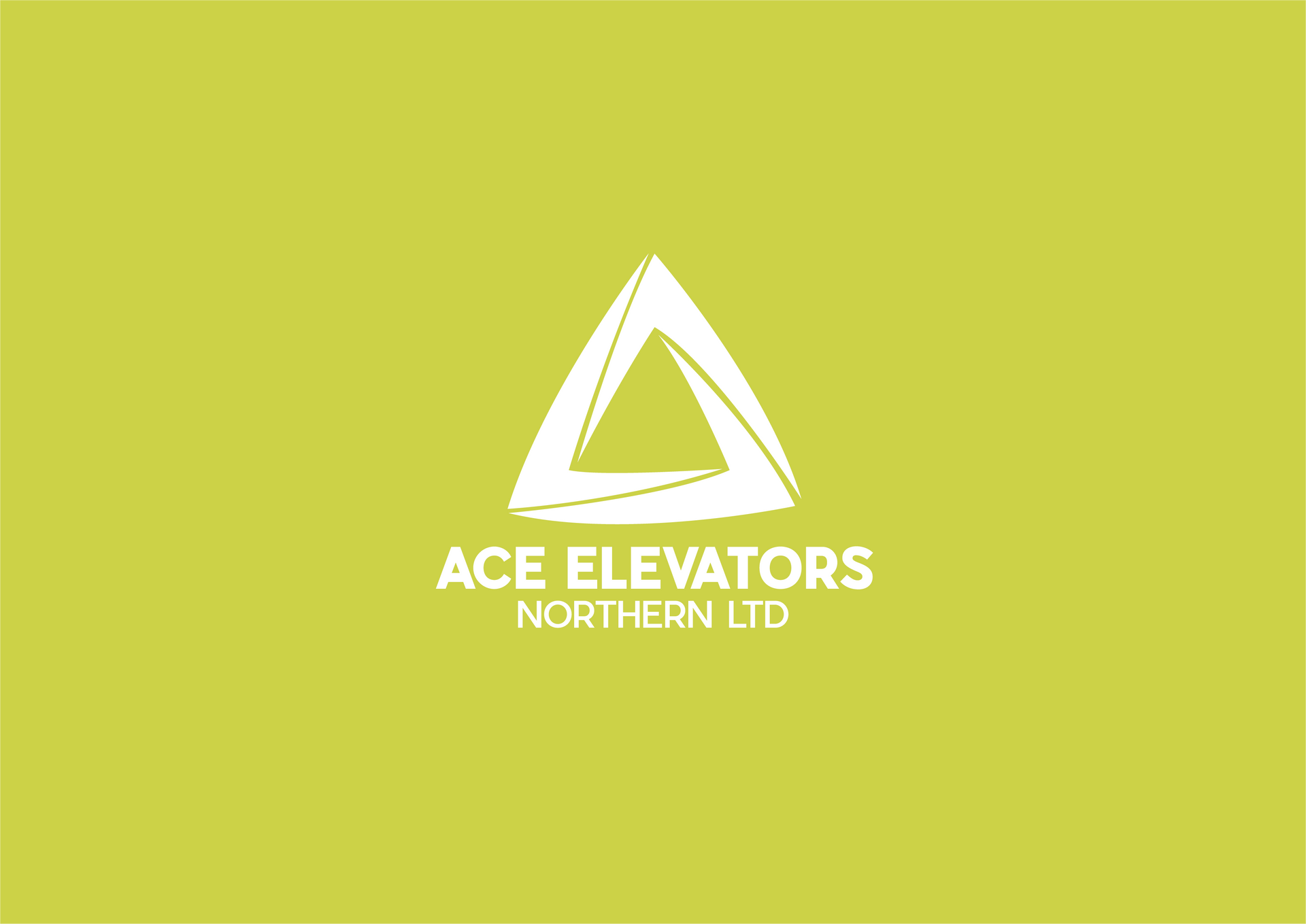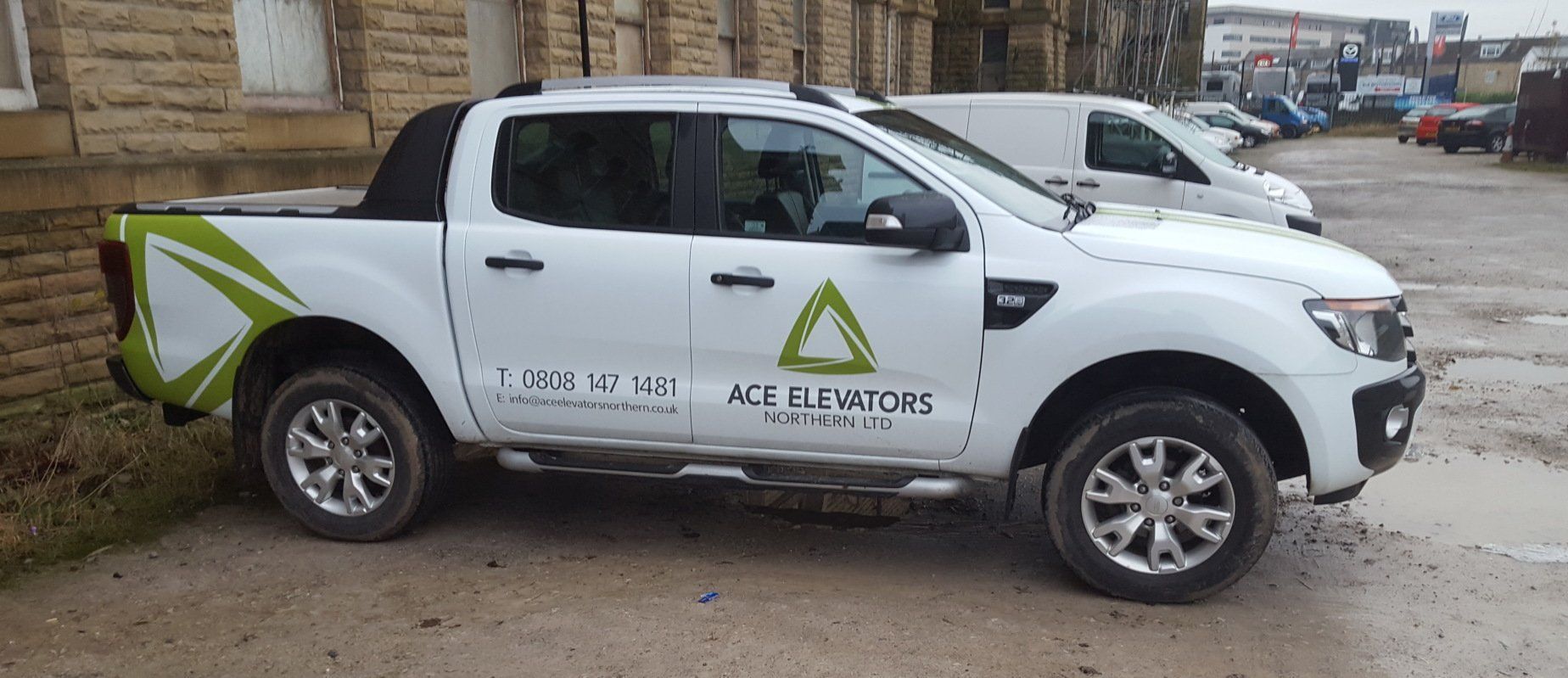September 9, 2024
Emergency lift repairs can be stressful and disruptive, but knowing what to expect and how to be prepared can significantly minimise inconvenience. Whether it's a sudden breakdown or a malfunction that affects safety, understanding the repair process and response times will help customers feel more in control and reduce the overall impact of such events. When a lift breaks down unexpectedly, the first thing to expect is an immediate response from a technician. Reputable lift repair services, such as ACE Elevators, typically offer 24/7 emergency support to ensure that a technician is dispatched as quickly as possible. This fast response is crucial, particularly in high-traffic commercial buildings where a non-functioning lift can create major disruptions. Depending on the location and availability, response times may vary, but having a service contract with a reliable repair company will usually guarantee priority attention, reducing the waiting period for emergency repairs. Knowing that a repair service is available around the clock can provide peace of mind, especially in emergencies where people may be trapped inside the lift or access to upper floors is compromised. Once the technician arrives, the next phase is the diagnosis of the issue. Modern lifts are equipped with advanced control systems that can provide diagnostic codes, helping the technician quickly identify the cause of the malfunction. This step is essential because not all lift breakdowns are the same. Some issues may be relatively minor, such as a door sensor failure, while others may involve more complex mechanical or electrical components. In many cases, the technician will be able to perform a temporary repair on-site to restore functionality and ensure the safety of the lift. However, more extensive issues, such as motor or cable failures, may require ordering parts and scheduling a follow-up repair, which can extend the downtime. In such cases, the technician will inform the building manager of the situation and provide an estimated timeline for the full repair. During this process, it’s essential for building managers to stay informed and communicate with their lift service provider. Effective communication with the technician can ensure that the repair process is as smooth as possible. Knowing the estimated repair time and any safety protocols in place will help building managers plan accordingly, such as arranging alternative access routes or notifying tenants of the issue. Keeping occupants informed about the status of the repair can help manage expectations and reduce frustration. One of the key factors that can minimise the inconvenience of emergency lift repairs is being prepared in advance. This involves more than just having a reliable repair service on standby. First, building managers should ensure that all staff are trained in emergency procedures, particularly on what to do if someone becomes trapped inside the lift. Most modern lifts are equipped with an emergency call button that connects to a monitoring centre, allowing the trapped individual to communicate directly with rescue services. In case of a breakdown, knowing how to use this system and reassuring the trapped person that help is on the way is critical. Additionally, it’s helpful to have regular maintenance checks carried out on the lift, as this can prevent many emergency situations from occurring in the first place. Lifts that are regularly maintained are far less likely to break down unexpectedly, as any potential issues can be spotted and addressed early. Maintenance contracts with a trusted lift service provider like ACE Elevators often include regular safety inspections and preventative maintenance, which can greatly reduce the risk of emergency breakdowns. A well-maintained lift is not only safer but also more reliable, meaning fewer disruptions for building occupants. In cases where the lift is completely out of service for an extended period, building managers should also consider alternative accessibility options. For instance, ensuring that stairways are accessible and well-maintained can provide a temporary solution, though this may not be ideal for all users, particularly those with mobility issues. In such cases, having a plan in place, such as offering temporary assistance for those who cannot use the stairs, can help minimise inconvenience. Working with a reliable repair service is perhaps the most critical factor in handling emergency lift repairs efficiently. A well-established company with a proven track record of fast response times, skilled technicians, and quality service ensures that any emergency situation is dealt with promptly and professionally. When selecting a lift service provider, it’s important to choose one that offers comprehensive support, including emergency repairs, routine maintenance, and the availability of spare parts. Companies that specialise in lift systems, like ACE Elevators, understand the complexities involved in emergency situations and have the resources to minimise downtime, ultimately saving building managers time and stress. In conclusion, while lift emergencies are unpredictable, being prepared and knowing what to expect can make the situation much more manageable. By having a reliable repair service, staying informed during the repair process, and ensuring that regular maintenance is performed, building managers can greatly reduce the inconvenience of lift breakdowns. Most importantly, quick response times and expert repairs ensure that lifts are back in service as soon as possible, keeping building occupants safe and the building’s operations running smoothly.

















